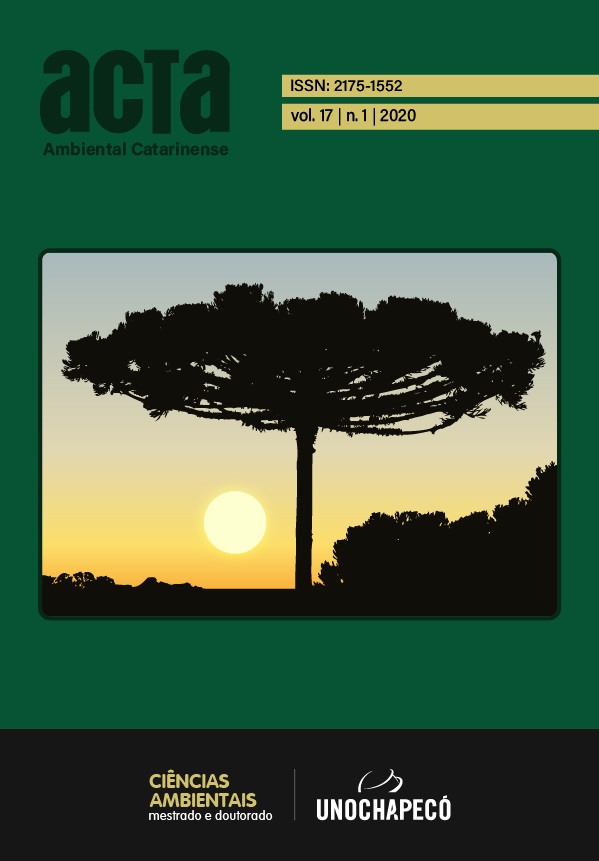Soil rehabilitation and growth of Pinus taeda and Eucalyptus saligna in a degraded area by coal mining
DOI:
https://doi.org/10.24021/raac.v17i1.5011Resumo
For rehabilitation of degraded soil by open-pit coal mining it is necessary to correct the acidity and nutrients contents and promote revegetation. We evaluated different rehabilitation methods of a degraded area by coal mining on constructed soil chemical and physical attributes, and on growth of pine and eucalypt. The experiment was established between 2001 and 2004 in southern Brazil using treatments with lime, palisade grass (Urochloa brizantha), and poultry litter. Seedlings of Pinus taeda and Eucalyptus saligna were planted in 2004. In 2010, soil samples were collected at 0-5 and 5-10 cm layers for chemical and physical analysis and height and diameter of the trees were measured. Poultry litter and palisade grass did not affect soil chemical attributes, but palisade grass reduced soil penetration resistance. Lime increased soil pH, calcium and magnesium contents and base saturation and decreased aluminum saturation, however, the difficulty of lime incorporation resulted in overliming in the soil surface layer, however, the difficulty of lime incorporation resulted in overliming in the soil surface layer, which decreased pine growth. The growth of eucalypt decreased with palisade grass and poultry litter but had impaired growth throughout the area due probably to the physical (low porosity) and chemical (low phosphorus) limitations. Therefore, in similar constructed soils the reforestation with Eucalyptus saligna cannot be indicated, while reforestation with Pinus taeda is viable with lower rates of lime.
Downloads
Downloads
Publicado
Edição
Seção
Licença
Estou ciente de que, em sendo aprovado, a publicação do artigo será no formato on-line no Portal de Periódicos da Unochapecó.Também tenho ciência de que há autorização para assumir contratos adicionais separadamente, para distribuição não-exclusiva da versão do trabalho publicada nesta revista (ex.: publicar em repositório institucional ou como capítulo de livro), com reconhecimento de autoria e publicação inicial nesta revista.
















